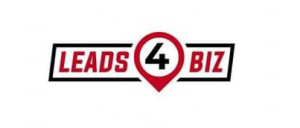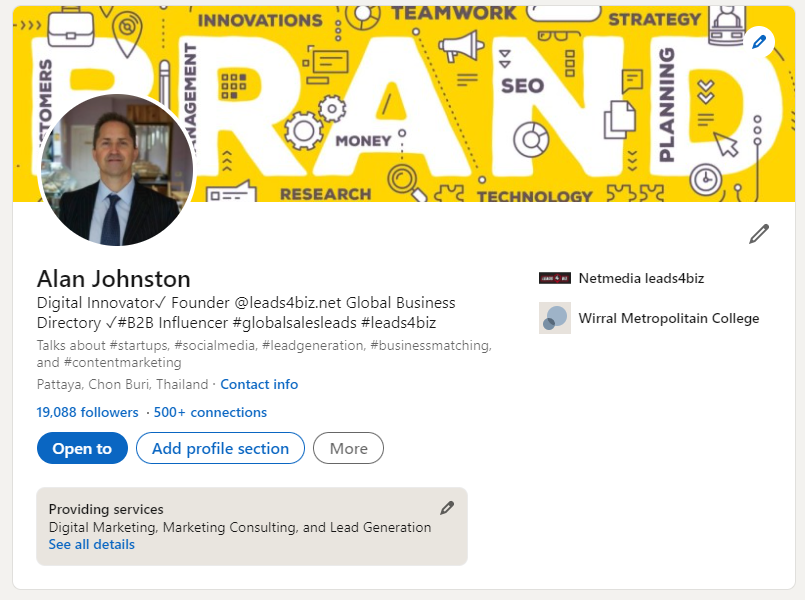
The B2B Marketer’s Holy Grail: Cost-Effective Leads in a Digital World
The most cost Effective lead generation techniques still used today.
In the relentless pursuit of growth, every B2B business faces the same fundamental question: How do we fill our sales pipeline with qualified leadshttps://leads4biz.net/buying-leads/ without draining the budget? The landscape is crowded with options, from expensive trade shows to complex advertising campaigns. But when you analyze the ROI, a clear pattern emerges: the most cost-effective strategies are not about shouting the loudest, but about building the strongest connections.
While tactics like content marketing and SEO consistently deliver value, there’s one method that stands head and shoulders above the rest in terms of cost, conversion, and quality: a modern, digitally-supercharged referral program.
The Contenders: Other Highly Cost-Effective B2B Lead Gen Activities
Before we crown the champion, it’s crucial to acknowledge the other powerful and budget-friendly strategies that form the backbone of a modern marketing plan.
- Content Marketing (Specifically SEO & Educational Content): Creating high-quality, search-optimized blog posts, whitepapers, and case studies is a gift that keeps on giving. A single, well-researched article can attract organic traffic for years, acting as a perpetual lead-generation engine. The initial investment in creation pays for itself many times over, making it a cornerstone of cost-effective strategy.
- Email Marketing Nurturing: While building a list has its costs, emailing the contacts you already have is incredibly cheap and effective. Drip campaigns that educate, inform, and build trust with cold leads are phenomenal at moving prospects down the funnel without a significant per-lead cost.
- Strategic Social Selling on LinkedIn: This isn’t about blasting promotional content. It’s about sales and marketing professionals building their personal brand, engaging in industry conversations, and providing value to potential clients. By focusing on relationship-building rather than a hard sell, social selling generates highly qualified leads at a very low cost.
These methods are excellent, but they often require a prospect to find you or to be nurtured over time. There’s one method, however, where a warm, pre-qualified lead finds you.
The Undisputed Champion: Digital & Social Media Referrals
For decades, word-of-mouth has been the gold standard for B2B lead generation. Today, that concept has evolved. It’s no longer just a conversation at a golf course; it’s a digital handshake that happens on LinkedIn, Twitter, and in professional Slack communities. A referral is essentially a pre-vetted lead that comes with a built-in trust factor, and when you leverage digital media to facilitate it, you unlock an unparalleled cost-effective channel.
Why Digital Referrals Are So Powerful:
- Dramatically Lower Cost of Acquisition (CAC): You aren’t paying for ads or a large marketing team to generate these leads. Your investment is in creating an exceptional customer experience and a simple system to encourage sharing.
- Higher Conversion Rates: A lead that comes from a trusted colleague or peer is already warm. They are more likely to agree to a demo, respond to emails, and ultimately become a customer. This shortens the sales cycle significantly.
- Better Quality Leads: Referred leads have a clearer understanding of your value proposition from the start. They are a better fit for your solution, leading to higher customer satisfaction and lower churn.
- Built-in Trust and Credibility: In a world saturated with advertising, a personal recommendation cuts through the noise. It carries an authority that no branded content can ever fully replicate.

How to Systematize Referrals in the Digital Age
The key to unlocking this powerhouse isn’t hoping your customers refer you—it’s about actively making it easy and rewarding for them. Here’s how:
1. Create a “Referral-Friendly” Customer Experience:
This is the foundation. You cannot ask for referrals from dissatisfied clients. Focus relentlessly on customer success. A client who loves your product and feels supported is your most potent marketing asset. Surprise and delight them, and they will naturally become advocates.
2. Build a Simple Digital Referral Program:
Don’t make your customers work to refer you. Create a dedicated page on your website explaining the program. Use referral software that generates unique links for customers to share. When a referral signs up through their link, the system automatically tracks it. Offer an incentive that matters—a discount on their next invoice, a gift card, or a charitable donation in their name.
3. Leverage Social Media & LinkedIn Proactively:
- LinkedIn Recommendations & Shares: Actively (but politely) ask happy clients to leave a recommendation on your company’s LinkedIn page or on your personal profile. When you publish a case study, tag the client and ask them to share it with their network.
- Create Shareable Content: Develop case studies, infographics, and short video testimonials that your clients would be proud to share with their own followers. This positions them as an industry leader while promoting your brand.
- Engage in Online Communities: Participate in relevant LinkedIn Groups or industry forums. By providing genuine value and establishing yourself as an expert, you create a scenario where other members will naturally refer people to you.
4. Make “Asking” a Part of Your Process:
Train your customer success and sales teams to identify happy clients and proactively (but gracefully) ask for a referral. This can be as simple as, “We’re so thrilled you’re seeing great results. Do you know any other professionals in your industry who might be facing similar challenges we could help?”
Conclusion: Invest in Relationships, Not Just Campaigns
While SEO, content, and email are essential and cost-effective tools, they work in the realm of inbound marketing, waiting for the prospect to be ready. A digital referral strategy is proactive and leverages the most powerful marketing force there is: human trust.
By focusing on creating raving fans and giving them the digital tools to easily spread the word, you build a self-sustaining lead generation engine. In the quest for cost-effective growth, doubling down on a modern, digital referral program isn’t just a good idea—it’s the smartest investment you can make.




